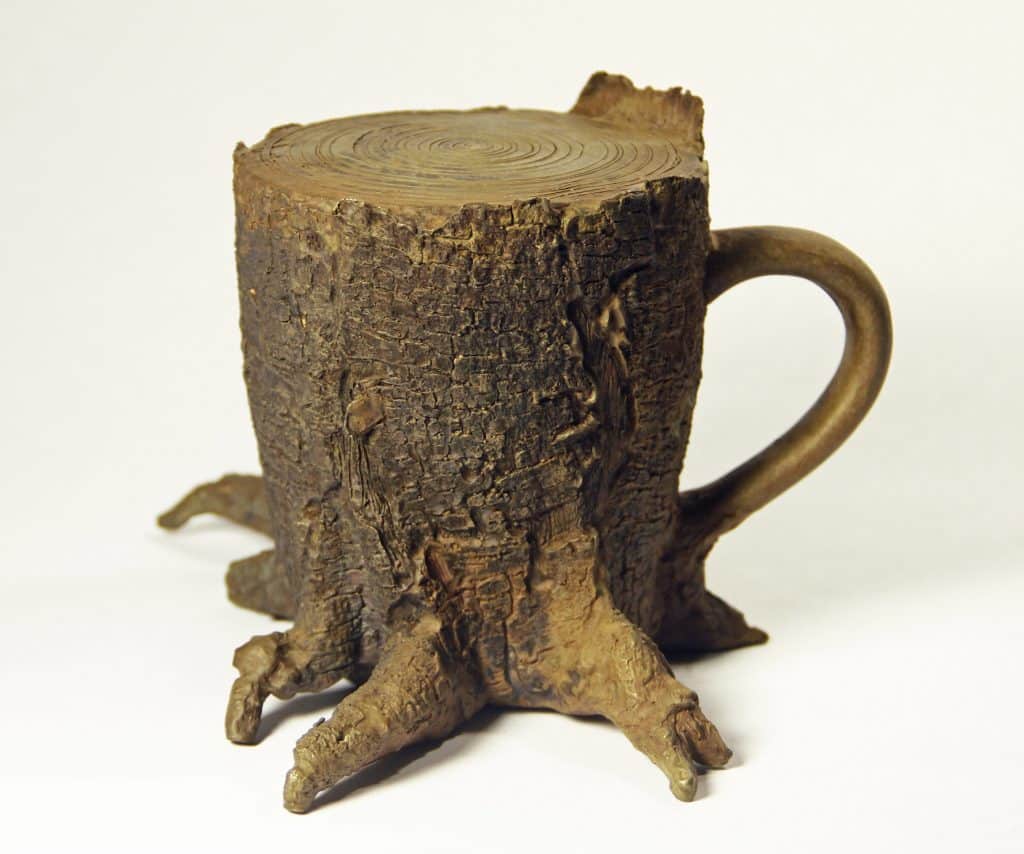A grant from the National Science Foundation is funding a unique project aimed at increasing diversity in STEM fields through the inclusion of art in science education.
The goal of the project is to learn how to best foster STEM identity in traditionally marginalized students, said Alison Singer, assistant professor of practice in the Department of Biological Sciences and principal investigator on the almost $500,000 grant. STEM identity is an often overlooked but critical contributor to student success.
“STEM identity, which includes things like a sense of belonging and confidence in one’s own abilities, is vitally important for student retention and success in STEM education and careers,” Singer said. “Traditionally marginalized students tend to have less robust STEM identities and are more likely to drop out of their STEM majors than are non-marginalized students.”
Karen Haubensak, associate research professor, and Javier Ceja-Navarro, associate professor, both in the Department of Biological Sciences, are co-principal investigators on the project. Neal Galloway, assistant director of the School of Art and Design, and English professor Nicole Walker are research collaborators.
“We need to extend our net to ‘capture’ more brains, more energy, more perspectives to help find solutions to critical environmental problems,” Haubensak said. “At NAU we do a fine job of providing students with the solid preparation they need to enter STEM fields including lots of options to join labs and participate in research. But we don’t know anything about the impact of participation in research on these students, especially students who don’t traditionally participate.”
The intersection of science and art
This is a particularly important point for Singer, who herself is a writer. She believes having a creative outlet can help someone be a better scientist, and this project is an excellent way to test that hypothesis.
“There is evidence that representation, research and perhaps creativity are important in STEM identity development, but most research focuses on only one of them at a time, and the research into creative arts is particularly limited,” she said.
This program examines that intersection in a few different ways. It will include teaching about diversity and inclusion, research opportunities and creative outlets to better understand how students develop their STEM identity.
For example, there will be a summer research program that focuses on the beginning stages of research—observation, asking questions and figuring out what to do with those questions. Students who participate in the program will take an art or creative writing course that allows them to reflect on their identity as a scientist through creative expression. This will include collaboration with art and writing faculty to ensure students have valuable experiences.
“It’s really important for students to see themselves represented in STEM fields, to have opportunities to do research, and we’ll find out if having a creative outlet is also important,” Singer said. “If students can develop stronger STEM identities, they are more likely to continue their studies and enter the workforce, and having a diverse STEM workforce means that we get more diversity of perspective, of ways of knowing.”
Understanding how students develop STEM identities will help educators be able to help foster this identity building in the future, she added.
Photo: A bronze sculpture by Neal Galloway, assistant teaching professor, called “Best Part of Wakin Up Deforestation,” which explores the environmental and social consequences of industrial mono-culture coffee farming.
Heidi Toth | NAU Communications
(928) 523-8737 | heidi.toth@nau.edu




